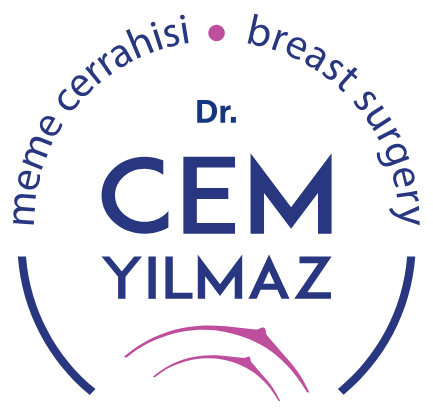Saturday: 08:00 - 14:00
Hereditary Breast Cancer
While the risk of developing breast cancer in a woman of a certain age with no family history of breast cancer is 6%, the risk for developing breast cancer in women with a family history of breast cancer is 11%.
Hereditary breast cancer, another group, is the result of a genetic disorder. In families with hereditary breast cancer, the risk of children developing breast cancer is as high as 50%, and there are often multiple cases of breast cancer in the family.
Hereditary Breast Cancer is Associated with the BRCA1 and BRCA2 Genes
The BRCA1 and BRCA2 genes are two genes involved in repairing damage to cell DNA. If a mutation develops in the BRCA1 or BRCA2 genes, the risk of developing breast cancer increases because DNA repair is impaired.
Damaged genes are passed down from parents to children. The risk of developing breast cancer in family members carrying this damaged gene reaches a very high rate of 85-90%.
The lifetime risk of developing breast cancer in a woman with a mutation in these genes is 87%. In this group of women, breast cancer occurs in 70% of cases before the age of 45.
More than one first-degree relative (mother, sister, or daughter) has breast cancer. This type of breast cancer usually develops in both breasts (65%).
Two out of four children of a woman or man who carries a damaged BRCA1 gene will inherit the damaged gene. The presence of multiple family members with breast cancer, the young age of the individuals diagnosed with breast cancer, and the development of cancer in both breasts in individuals highlight the possibility of a genetic predisposition.
The presence of damaged BRCA1 and BRCA2 genes in these family members should be investigated. If individuals carry these defective genes, risk-reducing measures should be considered.
Managing the Risks of BRCA1 or BRCA2 Gene Carriers: Medication Prevention
Tamoxifen is used to prevent cancer from recurring in the other breast or elsewhere in the body after breast cancer treatment. Tamoxifen provides a significant protective effect to reduce the risk of breast cancer development in BRCA1 gene carriers. Tamoxifen's protective effect applies to breast cancer types that express the estrogen (ER) and progesterone (PR) receptors. Because breast cancers that develop in carriers of the damaged BRCA1 gene are largely ER and PR negative (i.e., they do not carry these receptors), tamoxifen use is not sufficiently effective.
Cancers that develop in carriers of the damaged BRCA2 gene are largely ER and PR positive. Tamoxifen use reduces the risk of developing breast cancer in those who carry the damaged BRCA2 gene and is recommended.
Surgical Prevention in Hereditary Breast Cancer
Reducing the risk of developing breast cancer by removing both breasts in women who carry mutated BRCA1 and BRCA2 genes can also be considered a preventative treatment. By completely preserving the external appearance of the breast and removing the breast tissue from the inside and replacing it with a breast implant, the external appearance and aesthetics of the breast can be preserved. Because these types of procedures cannot remove all of the breast tissue, breast cancer can develop in 10% of these women.
Another surgical method involves removing the entire breast, including the skin. While the risk of cancer development is significantly reduced with the removal of the entire breast, it is not completely eliminated. During this surgery, oncoplastic surgery can be used to reconstruct breast tissue and aesthetics.
Because the risk of ovarian cancer is also high (50%) in carriers of a damaged BRCA1, ovarian removal is also recommended. Hereditary Breast Cancer is Associated with the BRCA1 and BRCA2 Genes


